These days, it’s not enough to have a website. You need a concrete marketing plan, a website, intriguing design and copy, and some knowledge of analytics software.
Before you get intimidated and run for the hills at the mention of the word “analytics”, you should know that it’s not necessary to have a bachelor’s degree in computer science to know what’s going on on your website. Many people imagine someone slumped over their keyboard, furiously typing, keyboard smoking, muttering to themselves something about codes when they think of website analytics. But maneuvering Google Analytics is easy and a great way to monitor your website’s visitor activity.
It’s free.
Google Analytics offers a free version of the software to install on your website, so there’s no hefty investment required.
There are plenty of other tools available that offer much of the same functionality, but Google Analytics is among the easiest to use (and did we mention it’s free?).
It will tell you what content is successful, and what you shouldn’t repeat.
Perhaps the most useful feature Google Analytics offers is the ability to see what your website’s visitors do after viewing a particular part of your website. Maybe someone viewed your homepage and didn’t like what they saw. You can come to that conclusion by seeing that they exited the website without doing much else. This is recorded by Google Analytics and provides valuable insight into where you can make your website better.
Maybe your blogs aren’t as successful as you’d hoped they would be. Or maybe you posted an experimental piece of content and you want to know how it’s performing on your website. Analytics tells you how long a visitor spends looking at your website and whether or not they continued browsing after navigating away from a piece of content.

Analytics are a great way to determine why content is not successful. When you see that a particular piece of content — maybe a blog or a video — is not performing well (Analytics will show you when visitors exit your site), you could consider revamping or updating old content. Gear your content toward what you decide your potential clients want to see.
After looking at Analytics, you may realize that your homepage isn’t very inviting and you could afford to spend some time revamping graphics or copy. Or maybe your navigation bar is confusing and makes roaming the website difficult or otherwise unenjoyable.
It will indicate how you should target your SEO.
Never underestimate the importance of SEO. This is how a visitor finds your website, so it’s important to know what a visitor is thinking when they start searching. With Analytics, the most popular keywords your website visitors used to wind up on your website are visible, so you will be able to tweak your website to better suit those visitors, or completely revamp your SEO if your visitors are not part of your intended audience.
Unsure how to get started? We’ve got you covered.







